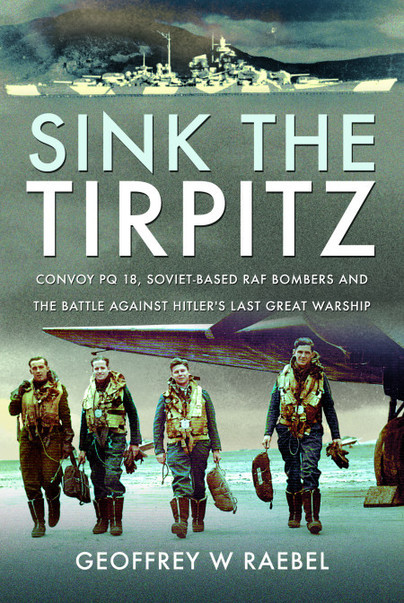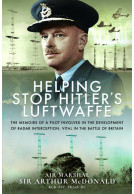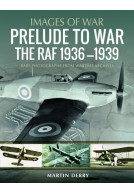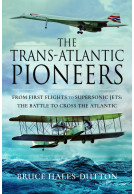Sink the Tirpitz (Hardback)
Convoy PQ 18, Soviet-Based RAF Bombers and the Battle Against Hitler's Last Great Warship
By
Geoffrey W Raebel
Imprint: Air World
Pages: 256
Illustrations: 150 mono illustrations
ISBN: 9781526784377
Published: 30th May 2025
Imprint: Air World
Pages: 256
Illustrations: 150 mono illustrations
ISBN: 9781526784377
Published: 30th May 2025
You'll be £20.00 closer to your next £10.00 credit when you purchase Sink the Tirpitz. What's this?
+£4.99 UK Delivery or free UK delivery if order is over £40
(click here for international delivery rates)
Order within the next 4 hours to get your order processed the next working day!
Need a currency converter? Check XE.com for live rates
(click here for international delivery rates)
Order within the next 4 hours to get your order processed the next working day!
Need a currency converter? Check XE.com for live rates
The war hung in the balance. In the Pacific, the Japanese had suffered their first major defeat at Midway and the German advance into the heart of Russia had stalled at Stalingrad. But if the Germans could break through into the Caucasus and capture its vital oil fields, the Soviets might be battered into bloody defeat. It was crucial that the convoys from the UK fought their way through the Arctic to Archangel and Murmansk to deliver the supplies which were so essential to the Russians. But lurking in the Norwegian fjords was Germany’s last great battleship, Tirpitz.
With its eight 15-inch guns, Tirpitz posed an ever-present threat to shipping in the northern waters, and when it was believed that the battleship was about to attack Convoy PQ 17, the convoy was ordered to scatter. This was a disastrous decision that led to the loss of twenty-four merchant ships. It was, therefore, of paramount importance that the next convoy – PQ 18 – reached Russia, and so the assembly of forty merchantmen was escorted by a veritable fleet of fifty-one warships. The latter included an anti-aircraft cruiser, twenty-one destroyers, two anti-aircraft ships, two submarines and an aircraft carrier. Air cover was provided by RAF Catalina flying boats and Handley Page Hampdens of RAF Coastal Command.
The Hampden torpedo-bombers of 144 Squadron RAF and 455 Squadron RAAF were deployed from Scotland to the Red Air Force airfield at Vayenga near Murmansk. This placed the aircraft within range of Tirpitz’s lair in Altafjord. On receiving the news that Tirpitz had left the protection of the fjord, the Hampdens took to the air. Though no contact was made with the battleship, the presence of the twenty-three bombers deterred the Germans from risking their prestigious warship. PQ 18 safely reached Archangel on 21 September 1942.
With links to the Great Escape, the story of this unique operation is revealed here by Geoffrey W. Raebel, the son of the surviving senior engineer of 455 Squadron. This the result of thirty years of research and draws in great part on the personal accounts of the men who took part in that historic enterprise. It is supplemented with rarely seen Coastal Command photographs, German ones that have never been published before, and the full story of the discovery, and recovery, of one of the bombers involved.
Featured in
Bomber Command Association in Australia Newsletter, Autumn 2021
About Geoffrey W Raebel
The son of Robert Raebel BEM, MiD, the surviving senior engineer of 455 Squadron RAAF involved in the ferry flight to Russia as part of the support for Convoy PQ 18, GEOFFREY W. RAEBEL has spent three decades researching the mission and its aftermath. He is the editor of the quarterly Bomber Command in Australia newsletter.
Other titles in Air World...














